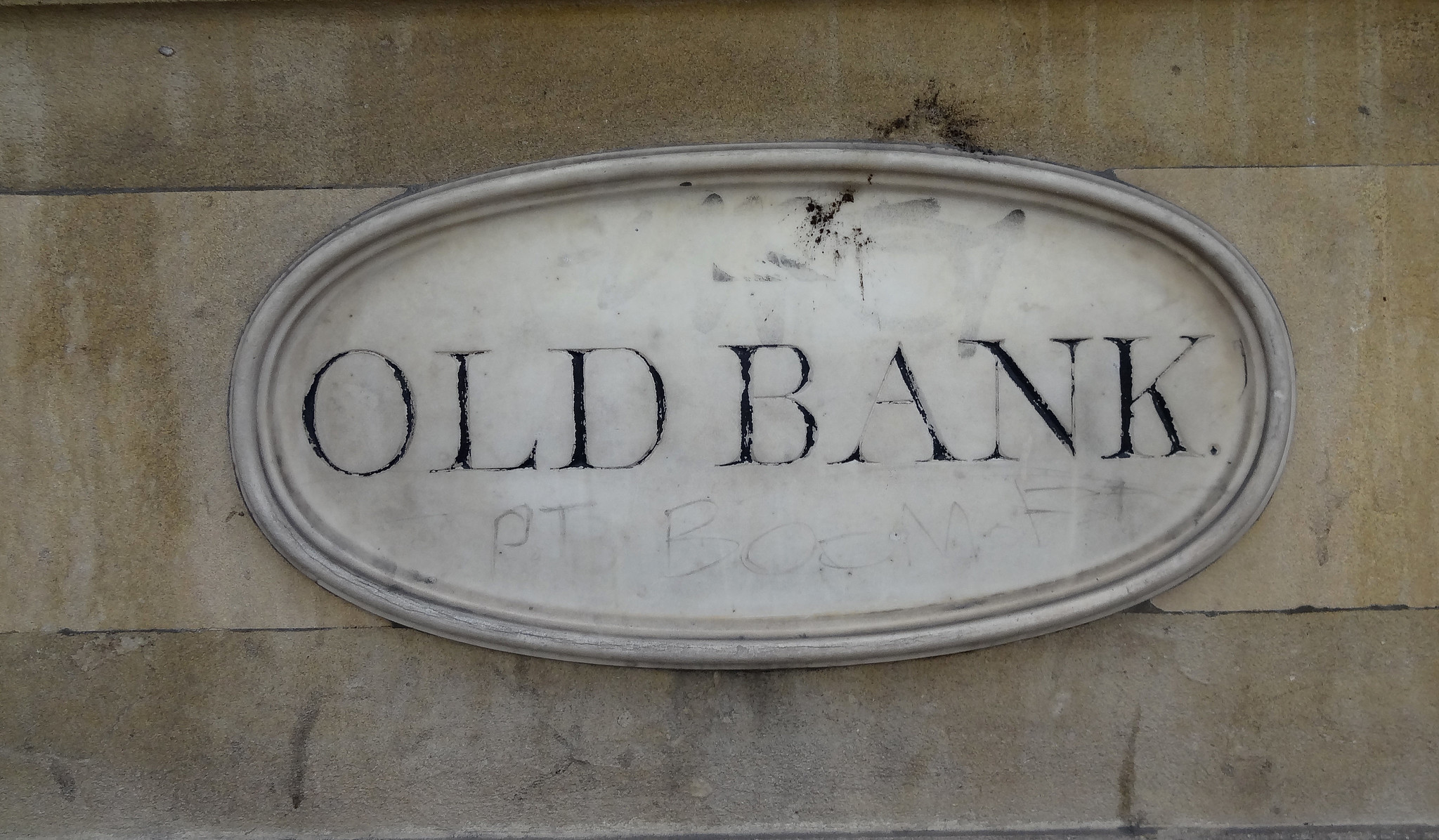The Renaissance, a period of cultural rebirth and enlightenment in Europe spanning from the 14th to the 17th century, had a profound impact on various aspects of society, including the realms of banking and investment. This article explores how the Renaissance revolutionized financial practices, paving the way for modern banking systems and investment strategies.
Emergence of Banking and Investment during the Renaissance
Before the Renaissance, Europe’s economy was predominantly agrarian and feudal, with limited commercial activities. However, as the Renaissance unfolded, several factors contributed to the rise of banking and investment.
The revival of trade, exploration, and intellectual curiosity created fertile ground for economic growth and innovation. Additionally, the influx of wealth from newly discovered lands fueled capital accumulation and investment opportunities.
During this period, Italian city-states such as Florence, Venice, and Genoa emerged as prominent financial centers. Notable families like the Medici in Florence played a pivotal role in banking and commerce, providing loans to merchants and funding ambitious ventures. The Medici Bank, founded by Cosimo de’ Medici, became one of the most influential financial institutions of its time, facilitating trade across Europe.
Technological Advances and Financial Innovation
Advancements in technology during the Renaissance played a crucial role in transforming banking and investment. The following innovations emerged during this period:
- Double-entry Bookkeeping: Luca Pacioli’s invention revolutionized accounting practices, enabling accurate tracking of financial transactions and enhancing transparency and accountability in financial dealings.
- Printing Press Technology: Facilitated the dissemination of financial information and investment opportunities to a broader audience. Printed financial reports, newsletters, and investment prospectuses became essential tools for investors and merchants, providing valuable insights into market trends and opportunities.
- Innovative Financial Instruments: Enabled merchants to conduct business across long distances without the need for physical currency, reducing transaction risks. Provided merchants with a secure mechanism to receive payment for goods shipped abroad, further facilitating international trade.
These technological advancements and financial innovations laid the groundwork for modern banking and investment practices, shaping the course of economic development during the Renaissance.
Patronage and the Banking System
Central to the Renaissance was the concept of patronage, wherein wealthy individuals and families supported artists, scholars, and explorers financially. The patronage system played a significant role in the development of banking and investment, as patrons often invested their wealth in trade ventures and commercial enterprises.
Prominent banking families like the Medici of Florence leveraged their wealth and influence to support various artistic and cultural endeavors. Through their patronage, the Medicis not only fostered the flourishing of the arts but also played a crucial role in stimulating economic growth and innovation.
Patrons also supported exploration and trade ventures, financing expeditions to new lands in search of valuable resources and trade routes. The sponsorship of explorers such as Christopher Columbus and Vasco da Gama opened up new avenues for trade and commerce, expanding the reach of European banking networks to distant lands.
Spread of Banking Practices Across Europe
The Renaissance witnessed the spread of banking practices from Italy to other regions of Europe, facilitated by factors such as trade networks, cultural exchanges, and the migration of skilled bankers and merchants. Italian banking techniques, including double-entry bookkeeping and bill discounting, were adopted by financial institutions in cities such as Antwerp, Amsterdam, and London.
The establishment of merchant guilds and trade associations also played a crucial role in disseminating banking knowledge and practices across Europe. These organizations provided a platform for merchants and bankers to exchange ideas, negotiate contracts, and collaborate on commercial ventures, contributing to the growth of banking networks across the continent.
Moreover, the cultural and economic exchanges facilitated by the Renaissance fueled the spread of banking practices beyond Europe’s borders. European merchants and explorers ventured into new territories, establishing trade routes and commercial outposts in Asia, Africa, and the Americas. These global trade networks not only expanded the reach of European banking institutions but also facilitated the exchange of goods, ideas, and technologies between different civilizations.
Impact on Global Trade and Commerce
During the Renaissance, banking’s influence on global trade and commerce was profound, shaping the course of world history and laying the foundation for the modern global economy. Renaissance banking impacted:
| Aspects | Description | Impact |
| Establishment of Stable Banking Systems | – Facilitated international trade by reducing risks and transaction costs, providing a reliable financial infrastructure for merchants and investors. | – Enabled smoother and more secure financial transactions, encouraging greater trade volume. |
| Expansion of Trade Routes | – European merchants, supported by Renaissance banks, ventured into distant lands in search of valuable commodities such as spices, silks, and precious metals. | – Led to the exchange of goods and ideas between different civilizations, stimulating cultural and economic growth.
– The discovery of new trade routes, such as the sea route to India pioneered by Vasco da Gama, opened up lucrative markets and expanded the scope of global commerce. |
| Financing Large-Scale Expeditions | – Renaissance banking networks played a crucial role in financing large-scale expeditions and colonization efforts. | – Provided the necessary capital for explorers and colonial powers to establish settlements and trade routes in distant lands. |
The impact of Renaissance banking on global trade and commerce underscores its significance in shaping the interconnected world we live in today.





